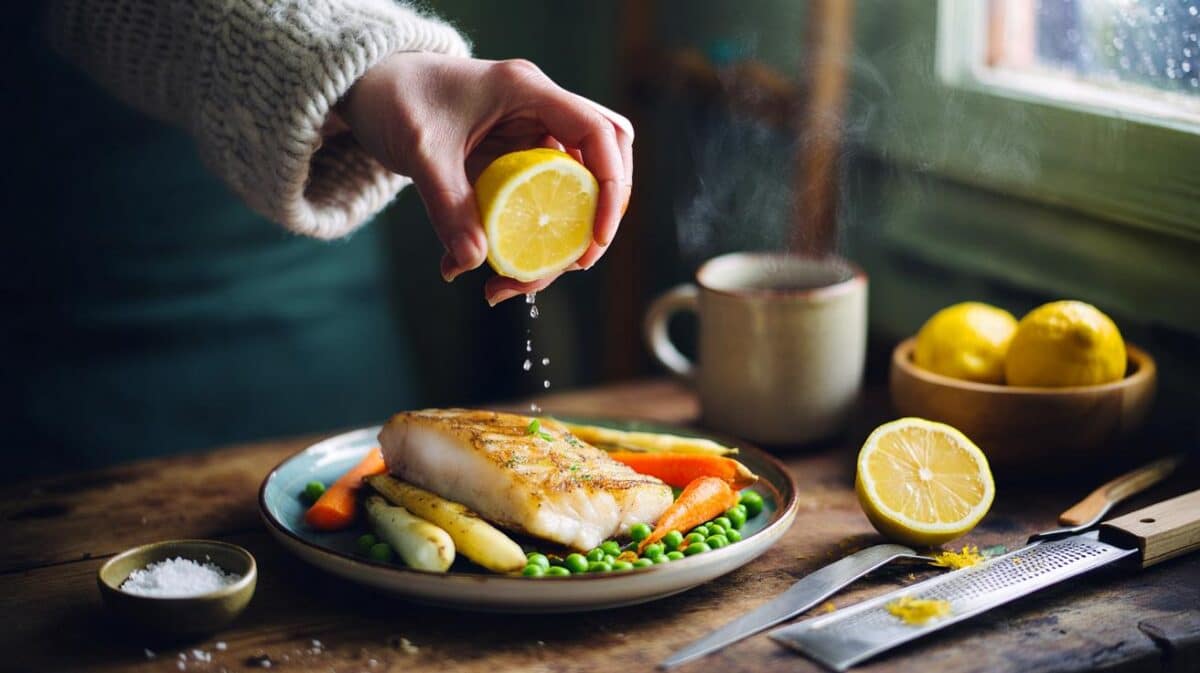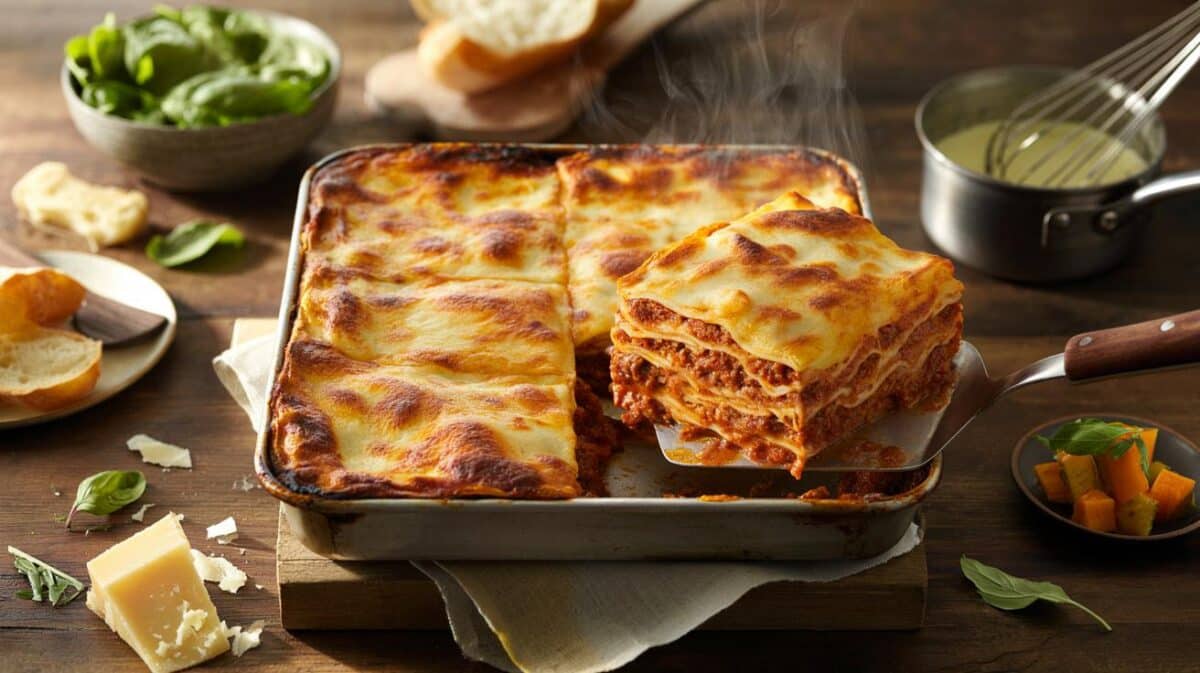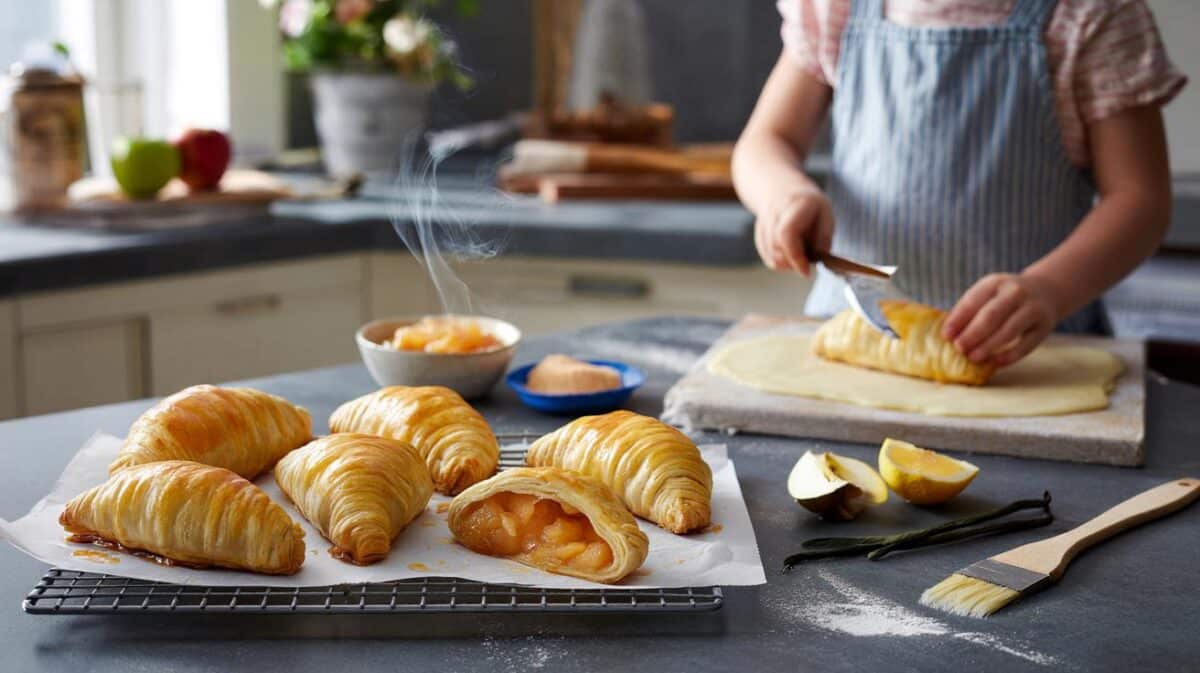Across Britain, home cooks are turning to a thrifty, autumn-forward bite that marries roasted sweet potato with cool goat’s cheese and crunchy walnuts. This small plate fits weeknights and gatherings, trims waste, and gives you control over cost, salt and portion size without fuss.
Autumn’s most talked-about toast trend
Swap bread for sweet potato slices and you change the conversation at the table. The base crisps at the edges, stays tender in the middle, and brings gentle sweetness that flatters tangy dairy and toasty nuts. It also helps families juggling gluten-free guests, while keeping the ritual of toasts intact.
Seven ingredients. About 20 minutes. Feeds 4–6. Budget around £4 if you shop own-brand and seasonal.
For busy readers: this is a tray-bake task. Heat the oven, cut thick slices, brush with oil, roast, then crown with goat’s cheese, walnuts, thyme and a thread of honey. Serve warm for best texture.
Ingredients and quick method
- 2 medium sweet potatoes (around 500 g total)
- 180 g soft goat’s cheese
- 40 g walnut pieces
- 2 tbsp olive oil
- 1 tbsp runny honey
- A few sprigs of fresh thyme
- Sea salt, black pepper
Step-by-step
- Heat the oven to 200°C (fan 180°C). Line a baking tray.
- Peel the sweet potatoes. Slice lengthways into 1 cm planks so they hold shape.
- Brush both sides with olive oil. Season and scatter thyme leaves.
- Roast for 18–22 minutes until tender with lightly bronzed edges. Rest 5 minutes.
- Spread on goat’s cheese while slices are warm. Add walnut pieces.
- Finish with a light drizzle of honey and a grind of pepper. Serve warm or at room temperature.
Key to texture: keep slices at 1 cm, aim for edging that’s just golden, and add toppings after reheating.
Why sweet potato is stepping in for bread
Sweet potato sits in a helpful middle ground: satisfying like bread, yet naturally gluten-free and rich in colour and carotenoids. The roasting stage coaxes sugars to the surface where they caramelise, giving a faint chew at the rim and softness within. That contrast flatters tangy goat’s cheese and the slight bitterness of walnuts.
Goat’s cheese brings protein, calcium and lactic tang. A small amount goes a long way, so you gain flavour without a heavy hand. Walnuts add omega-3s, crunch, and a toastiness that signals the season. Thyme lifts the dish with a green, resinous note, while honey glazes the top and ties sweet and savoury threads together.
Approximate nutrition per serving
| Portion (2 toasts) | Energy | Protein | Carbs | Fat | Fibre | Salt |
|---|---|---|---|---|---|---|
| Based on recipe above | 300–360 kcal | 9–12 g | 32–40 g | 14–20 g | 4–6 g | 0.6–0.9 g |
Figures are ballpark and vary with cheese style, oil quantity and slice size.
Smarter swaps and variations
- Vegan switch: use a cashew or tofu-and-nut spread with lemon juice for tang; finish with maple syrup.
- Fruit note: add thin slices of fresh fig or quickly pan-tossed apple for a soft, jammy accent.
- Herb route: thyme is classic; rosemary works in tiny amounts; add chives for a fresh lift.
- Heat lovers: a pinch of Aleppo pepper or crushed chilli balances the honey.
- Stronger cheese: a semi-aged goat’s log gives more bite and a firmer set on warm slices.
- Nut swap: hazelnuts bring praline notes; pecans add buttery sweetness.
Budget and shopping tips
Prices shift by region and brand. The outline below reflects typical UK own-brand ranges this season.
| Item | Qty | Est. cost |
|---|---|---|
| Sweet potatoes | 500 g | £1.00 |
| Soft goat’s cheese | 180 g | £1.80–£2.20 |
| Walnut pieces | 40 g | £0.60 |
| Olive oil, honey, herbs | pantry | £0.30–£0.50 |
| Total | 12 toasts | ~£3.70–£4.30 |
That works out to roughly 30–36p a toast, or £0.70–£0.90 for a two-toast snack. Batch-roast extra slices to bring the unit cost down across the week.
Make-ahead, storage and safety
Roast sweet potato planks up to three days in advance. Cool, then refrigerate in an airtight box with parchment between layers. Reheat at 150°C for 6–8 minutes until warmed through, then add cheese, nuts and honey. Skip the microwave, which softens the edges.
For nut-free homes, use toasted pumpkin seeds or sunflower kernels. For under-ones, leave out honey. If serving at a party, flag dairy and nut presence on the platter card to avoid confusion.
When to serve and how to plate
They suit a Friday glass of something, a chilly match day, or a relaxed brunch with eggs and greens. Pair with a peppery salad, a bowl of pumpkin or celeriac soup, or a plate of roasted beetroot for colour contrast.
Plate in a fan on a wooden board, add thyme sprigs, a dusting of orange zest and a few pomegranate seeds. The red-pink pops against the orange base and signals freshness without extra cost.
Small science: why this flavour set works
Roasting sweet potato triggers caramelisation at the edges, raising sweetness and complexity. Goat’s cheese brings lactic acidity that cuts through those sugars and the oil, while walnuts add bitter and fat notes for balance. Honey binds the crumb of the nuts to the cheese and creates a glossy finish. Thyme adds a clean, piney aroma that keeps the bite from reading as dessert.
Ways to stretch the idea further
Build a larger tray for 8–10 by adding a second cheese option. A dollop of ricotta with lemon zest on a few slices keeps dairy-lovers happy without overshadowing the goat’s cheese. Offer a jar of chilli honey on the side so guests can dial heat to taste.
For meal prep, roast a kilogram of sweet potatoes, cool, and refrigerate half. Use the rest tonight, then repurpose the remainder as a base for midday toppings: mashed avocado with seeds, hummus with pickled onions, or a swipe of pesto with cherry tomatoes. The technique stays the same, the flavours change with what’s on hand.








